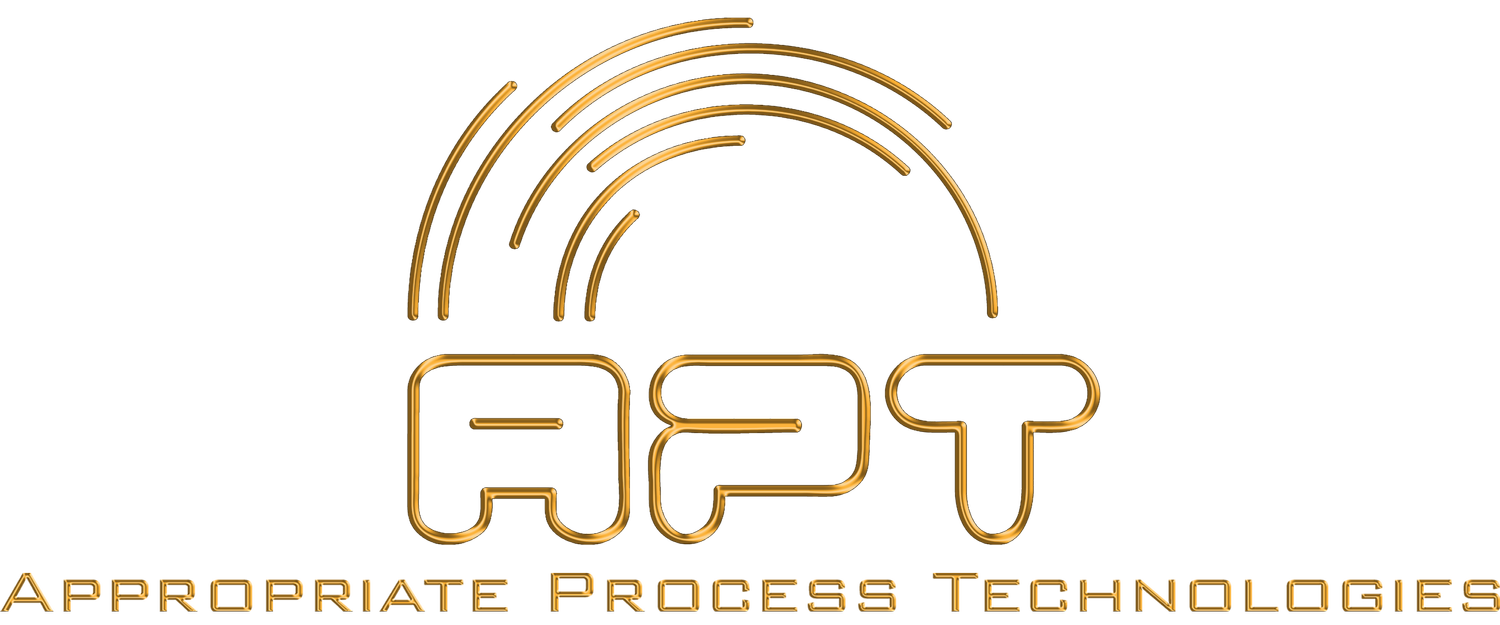Q: Is it possible to absolutely and accurately evaluate an alluvial reserve?
A: No, it is very difficult to do that because the gold is very unevenly distributed. The best you an do it take bulk samples from several areas to get a reasonable idea. The more samples you take, the more accurate the assessment will be.
Q: What is the best way to evaluate an alluvial deposit?
A: The best method is to do an in-field pilot plant exercise treating sample batches of a minimum of 3 tonnes per batch.
Q: How is this pilot testing best achieved?
A: It is important that the pilot plant you select mimics the proposed full scale process in the future. So it must include scrubbing to break down the feed and disintegrate any clays as these will hold gold. It must then screen off the large rock and then send the fines to an efficient gold concentrator. Finally the concentrate needs to be collected and efficiently upgraded to a point where the high grade concentrate can either be sent to a laboratory for total assay, or the gold collected on site and weighed. This is why a large starting sample of at least 3 tonnes is required, not only to be more representative, but to give enough gold to capture and accurately weigh.
Q: Is all the gold in the fines, or will there also be gold nuggets?
A: There can be both, particularly if the source of the alluvial was nearby.
Q: What sort of equipment is involved?
A: APT recommends the RG30 scrubber fitted with a 3mm trommel screen and the -3mm feeding to a GoldKacha concentrator. The GoldKacha tails then go over a small GoldMasta sluice to make sure no gold escapes. The concentrate from the GoldKacha and the GoldMasta sluice are combined and upgraded by feeding slowly over a GoldKonka upgrade system and finally panning the GoldKonka concentrate to see the gold. The gold can be hand picked, or carefully panned to purity, or better still the final concentrate sent to a lab for Total Fusion assay to give the grams of gold present. The oversize rock is then screened on a 15mm screen by hand and the -15mm is fed to a GoldJigga hand jig to recover any nuggets. The +15mm can be inspected visually for any large pieces of gold, but this is very rare. The plant can be trailer mounted or free standing. Although trailer mounting makes t easier to move from place to place, it is more expensive. APT sells all of the above equipment.
Q: How do you use all of the information to evaluate the deposit?
A: Firstly you need to know how much sample was taken, for example 3 tonnes, so that you can work the yield back to the in-situ amount in grams per tonne recovery. Then you need to estimate or measure the amount of rock that is +3mm as this will assist in choosing the type of full-scale plant you need. Thirdly you need to know the amount of gold present in the -3mm. Finally you need to know the gold present as nuggets. You can then calculate the total gold yield as well as the fine gold and the coarse gold yield.
Q: If we send the gravity concentrates to the laboratory what should we request them to do?
A: It is critically important that the laboratory does a Total Fusion Assay of the whole sample and not the normal grams per tonne assay. So they will report back to you the actual amount of gold from the fusion in grams. To enable them to do this, the sample you send to them needs to be as small as possible, maximum of 50 grams. You should also request them to do a micro photo of the gold showing the size and shape of the particles against a scale. This is important information in fine tuning the best plant in practice. The Peacocke & Simpson laboratory understands the procedure and has the equipment to do this work.
Q: Once I have the evaluation information how do I choose the correct plant?
A: This is a specialized task best left to the experts. For example, if your gold was mostly fine, then the finest screen on the plant trommel that is practically feasible needs to be chosen. Furthermore, the concentrate cleanup table needs to be chosen to maximise the recovery of the fines or a large proportion of the primary recovery will be lost again. If you also had nuggets, then the plant needs to also incorporate a nugget trap. APT has all the knowhow and all of the necessary equipment
